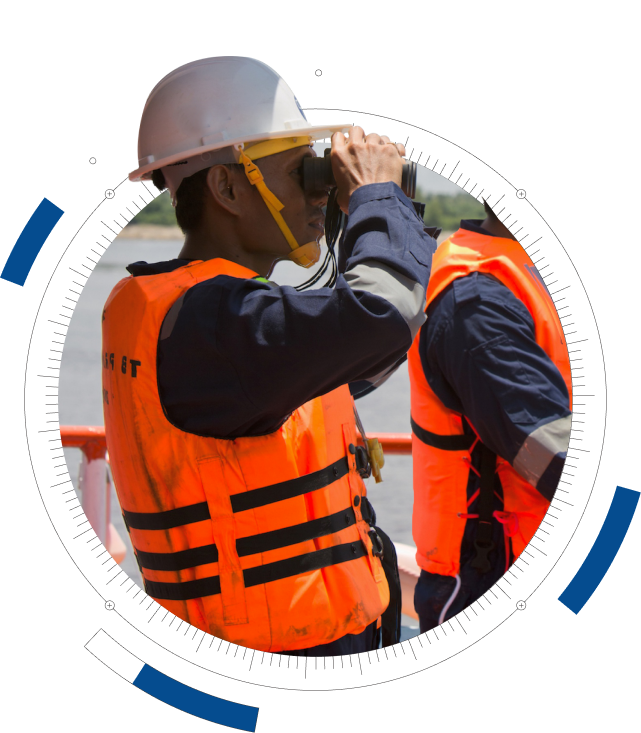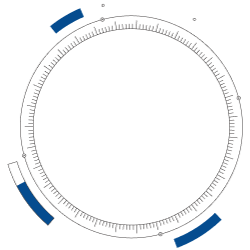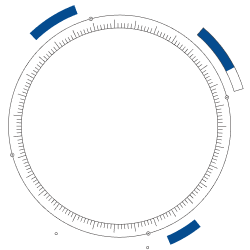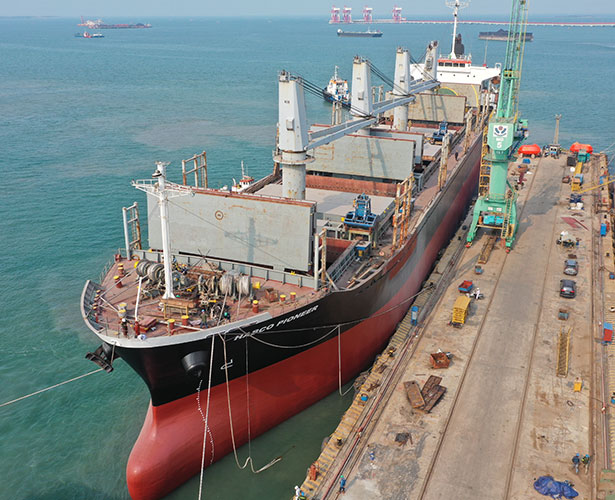
In another step towards expansion, Habco pioneered coal barging services from Muara Teweh, Central Kalimantan, in 2004. Since then, we have grown to own and operate 90 sets of tug and barge of varying sizes (180 feet/2.000 MT DWT – 330 feet/11.000 MT DWT) operating all over Indonesia.



To achieve this objective, we have founded numerous subsidiaries as follow:
Our various business units synergize to deliver an excellent end-to-end marine logistic solution that connects every shippers to their respective customers. Delivering your cargo safely and timely is our utmost priority. You can rest comfortably entrusting your business and cargo to us.




